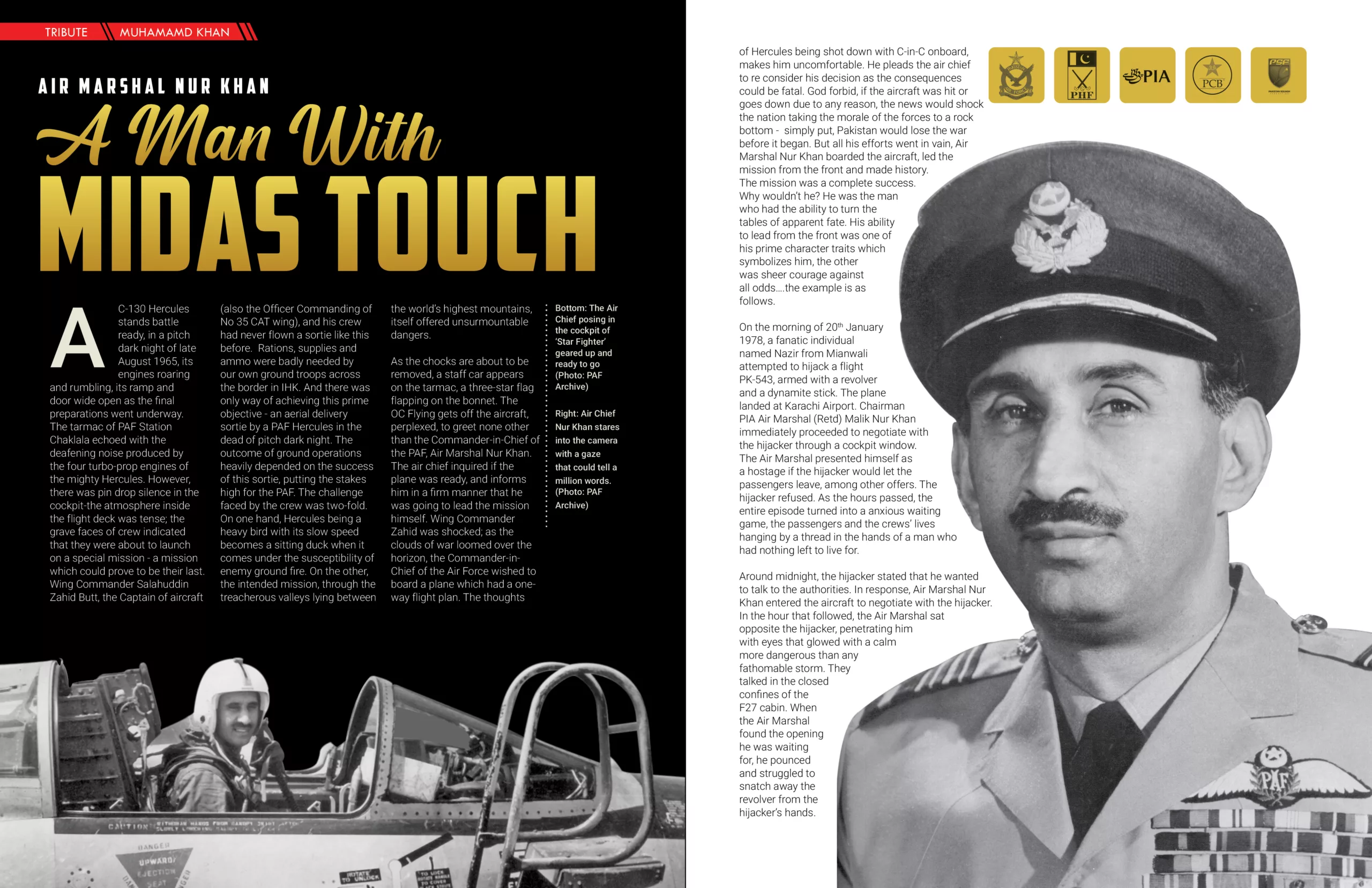A C-130 Hercules stands battle ready, in a pitch dark night of late August 1965, its engines roaring and rumbling, its ramp and door wide open as the final preparations went underway. The tarmac of PAF Station Chaklala echoed with the deafening noise produced by the four turbo-prop engines of the mighty Hercules. However, there was pin drop silence in the cockpit-the atmosphere inside the flight deck was tense; the grave faces of crew indicated that they were about to launch on a special mission – a mission which could prove to be their last. Wing Commander Salahuddin Zahid Butt, the Captain of aircraft (also the Officer Commanding of No 35 CAT wing), and his crew had never flown a sortie like this before. Rations, supplies and ammo were badly needed by our own ground troops across the border in IHK. And there was only way of achieving this prime objective – an aerial delivery sortie by a PAF Hercules in the dead of pitch dark night. The outcome of ground operations heavily depended on the success of this sortie, putting the stakes high for the PAF. The challenge faced by the crew was two-fold. On one hand, Hercules being a heavy bird with its slow speed becomes a sitting duck when it comes under the susceptibility of enemy ground fire. On the other, the intended mission, through the treacherous valleys lying between the world’s highest mountains, itself offered unsurmountable dangers.
As the chocks are about to be removed, a staff car appears on the tarmac, a three-star flag flapping on the bonnet. The OC Flying gets off the aircraft, perplexed, to greet none other than the Commander-in-Chief of the PAF, Air Marshal Nur Khan. The air chief inquired if the plane was ready, and informs him in a firm manner that he was going to lead the mission himself. Wing Commander Zahid was shocked; as the clouds of war loomed over the horizon, the Commander-in-Chief of the Air Force wished to board a plane which had a one-way flight plan. The thoughts of Hercules being shot down with C-in-C onboard, makes him uncomfortable. He pleads the air chief to re consider his decision as the consequences could be fatal. God forbid, if the aircraft was hit or goes down due to any reason, the news would shock the nation taking the morale of the forces to a rock bottom – simply put, Pakistan would lose the war before it began. But all his efforts went in vain, Air Marshal Nur Khan boarded the aircraft, led the mission from the front and made history. The mission was a complete success. Why wouldn’t he? He was the man who had the ability to turn the tables of apparent fate. His ability to lead from the front was one of his prime character traits which symbolizes him, the other was sheer courage against all odds….the example is as follows.
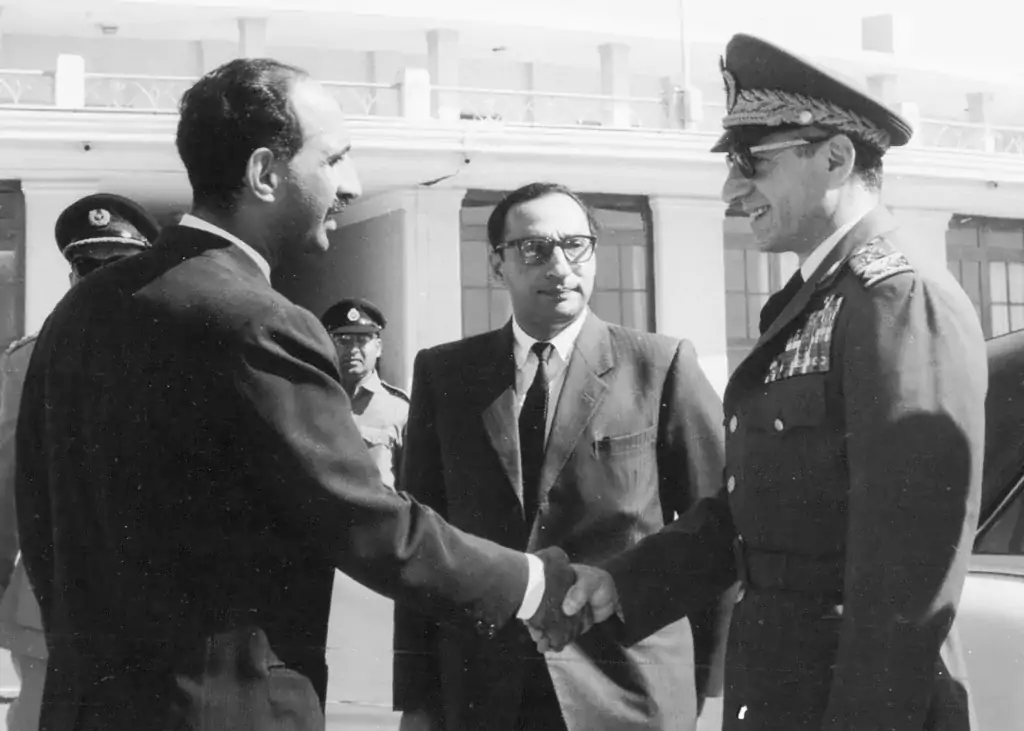
On the morning of 20th January 1978, a fanatic individual named Nazir from Mianwali attempted to hijack a flight PK-543, armed with a revolver and a dynamite stick. The plane landed at Karachi Airport. Chairman PIA Air Marshal (Retd) Malik Nur Khan immediately proceeded to negotiate with the hijacker through a cockpit window. The Air Marshal presented himself as a hostage if the hijacker would let the passengers leave, among other offers. The hijacker refused. As the hours passed, the entire episode turned into a anxious waiting game, the passengers and the crews’ lives hanging by a thread in the hands of a man who had nothing left to live for.
Around midnight, the hijacker stated that he wanted to talk to the authorities. In response, Air Marshal Nur Khan entered the aircraft to negotiate with the hijacker. In the hour that followed, the Air Marshal sat opposite the hijacker, penetrating him with eyes that glowed with a calm more dangerous than any fathomable storm. They talked in the closed confines of the F27 cabin. When the Air Marshal found the opening he was waiting for, he pounced and struggled to snatch away the revolver from the hijacker’s hands. In the ensuing fight, the hijacker shot Nur Khan point blank. However, the unconquerable Air Marshal, despite being shot, managed to overcome the hijacker and rescue the hostages. Later, he recovered quickly from the gunshot wound and was awarded the Hilal-e-Shujaat, a worthy addition to the Hilal-e-Jurat he already possessed for his formidable role as Air Chief in the 1965 war. This incident personifies the Air Marshal in his entirety, a man who overcame all to achieve what he had set sights on. And like the Greek God Midas, turned everything he touched, into gold. This is the story of a legend who is truly remembered in our history as ‘A Man with Midas touch’.
Malik Nur Khan was born to a military household in 1923 in Taman. His maternal grandfather was the Nawab of Kalabagh. After a promising youth in which he showed ample promise, he graduated from Royal Indian Military College at Dehra Dun. Consequently, he learned flying at the Lahore Flying Club Walton, getting his pilot’s A-license on Tiger Moth biplane.
He was commissioned as a fighter pilot in the Royal Indian Air Force at the ripe age of seventeen years. He was made part of the auspicious 6th Pilot Course (PC) of RIAF. The course included Plt Off Asghar Khan, Plt Off M Akhtar and Plt Off M M A Cheema; all of whom have become renowned names in PAF’s history. The course was the first union of a small group of Muslim officers who later went on to form the backbone of the then infant Pakistani Air Force.
His first posting was to No 3 Squadron at Kohat, where he quickly mastered the Hawker Audax. Over the years he was involved in numerous successful sorties in Miranshah which granted him a promotion to the rank of Flg Off in 1942.
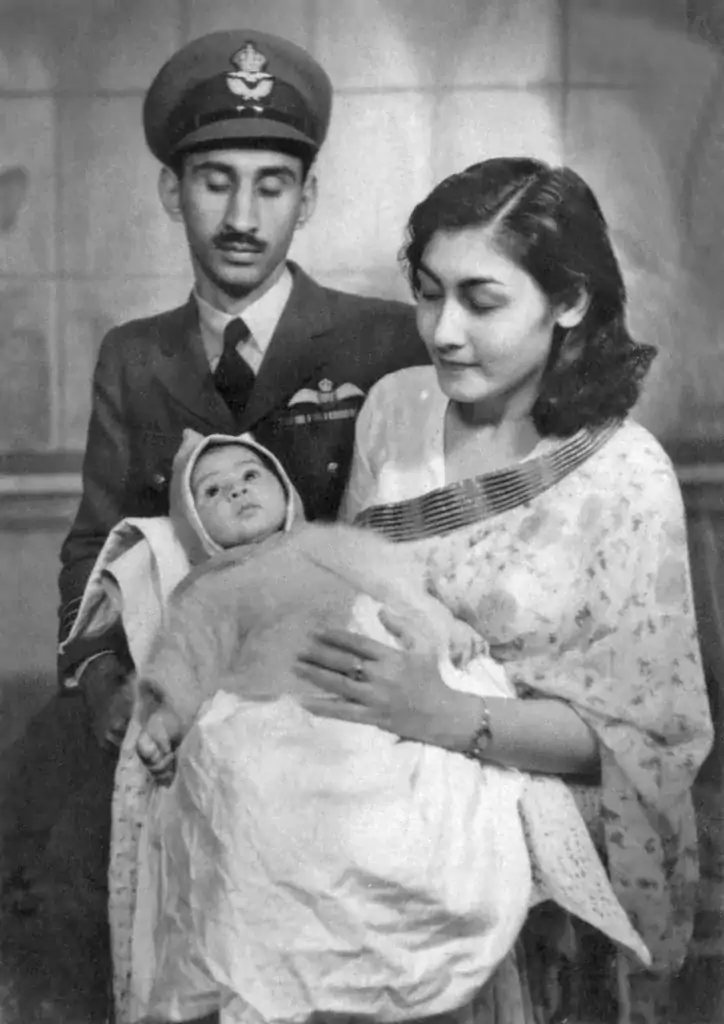
He was made a part of the No 7 Squadron in 1944, where he was under the command of Flt Lt Erlic Pinto. Interestingly – the other Flt Cdr of the Sqn was none other than PC Lal, who later went on to command the IAF in 1971.
This is where he undertook his first dive-bombing sorties. He also served the role of the Squadron Sports Officer, a role which would be the first stepping stone towards his great contribution to sports on a national level. The squadron later acquired the Hawker Hurricane fighter-bomber, on which Nur Khan also gained mastery.
His skills were put to the test when he became part of the No 9 Squadron and fought the Japanese army in Burma, still flying the Hurricane. His comrades tell of a time where seeing him land his aircraft was a spectacle in itself. Nur Khan’s plane would appear on the horizon as a silhouette, giving the impression of normalcy. As he would approach a discernible range, spectators would realize that he was, in fact, flying his Hurricane in an inverted position! Amid gasps of awe and admiration, he would approach the runaway for landing. With immaculate timing, he would lower the undercarriage, which owing to his orientation would open upwards, and execute a roll while dispensing flares. The fact that such a young officer could undertake such a maneuver gave him an enviable reputation. His love of flying led him to test and master every plane inducted into the PAF till the last days of his career, flying the likes of F-104, F-6 and the Mirage III aircraft to their full potential.
As Pakistan was about to gain its independence, officers were asked to opt for either India or Pakistan. Fortunately yet unsurprisingly, Nur Khan alongwith Asghar Khan opted for PAF.
Malik Nur Khan was eventually made the Commander in Chief of PAF. However even before he held the reins of the entirety of PAF, his tenure was filled to the brim with achievements. PAF College Risalpur is the prestigious institute it is today owing largely to the fact that Nur Khan was its commandant in its early years. He commanded PAF Station Mauripur and spearheaded the procurement of F-86s. He also accomplished the task of converting the air force from piston to jet-engine aircraft which proved to be a game-changer for PAF.
PIA:
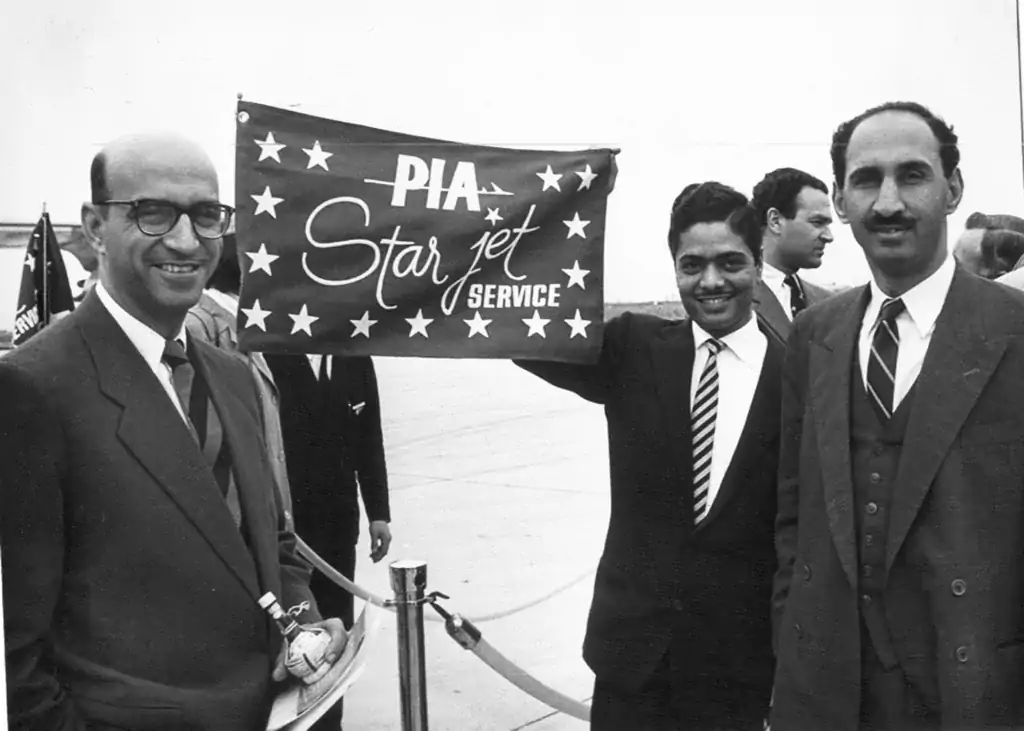
He was appointed the Managing Director PIA and Chief Administrator of Civil Aviation and Tourism in March 1959. PIA acquired its first Jetliner, Boeing 707-321, under his command. He remained the MD of PIA from 1959-6 and again in 1973.
This is remembered as the Golden Era of PIA. Nations from all over the world followed PIA’s model to erect leading airlines. PIA became the first Asian Airline to operate jet engine aircraft. The green and golden colors became the symbol of elegance and luxury. PIA Investment Limited was Nur Khan’s brainchild and it moved into the hospitality sector, as well. The body managed hotels already owned by PIA and bought new ones. These hotels included the likes of Roosevelt in New York, Serena Swat, Serena Gilgit, Madison Avenue in Manhattan, Minhal in Riyadh and Scribe in Paris.
Omar Kureishi, writer-broadcaster who worked with him at PIA, deemed him to be of “clear-cut views on most matters, a closed mind but one who leaves a window open. That was his management style, an impatient man who was result-oriented, a competitive man because he sought the best, brooked no nonsense.”
C-in-C and 1965 war:
He came to his true calling when he was appointed the sixth Commander in Chief of PAF on 23rd July 1965, replacing the legendary Air Marshal Asghar Khan. The Air Marshal had his work cut out for him as he assumed control, with 1965 war with India looming over the horizon. Where many other men of mettle might have faltered, Air Marshal Nur Khan stood immovable against an airforce bigger in size and much better equipped. It was his adroit war tactics that laid waste to the conceited dream of having a cocktail party in Gymkhana Lahore which was being shamelessly touted by General Chaudhry of the Indian Army.
The start of the war marked with Sqn Ldr Aftab Alam destroying an IAF Mystere and damaging another. It was the first missile kill for the PAF. On 4th September, Air Marshal Nur Khan said in a press conference “Superiority in numbers does not decide air battles; better training, morale and above all fighting spirit in fact are the deciding factors.” The events that followed proved him right.
He ordered a ‘Red Alert’ on 1st September, an action which gave PAF sufficient time to prepare for the war. As the conflicts began, Nur Khan implemented an offensive strategy plan for the devastation of enemy assets on the ground using effective and well-timed air strikes. Simultaneously, preparations were made to defend air bases if needed.
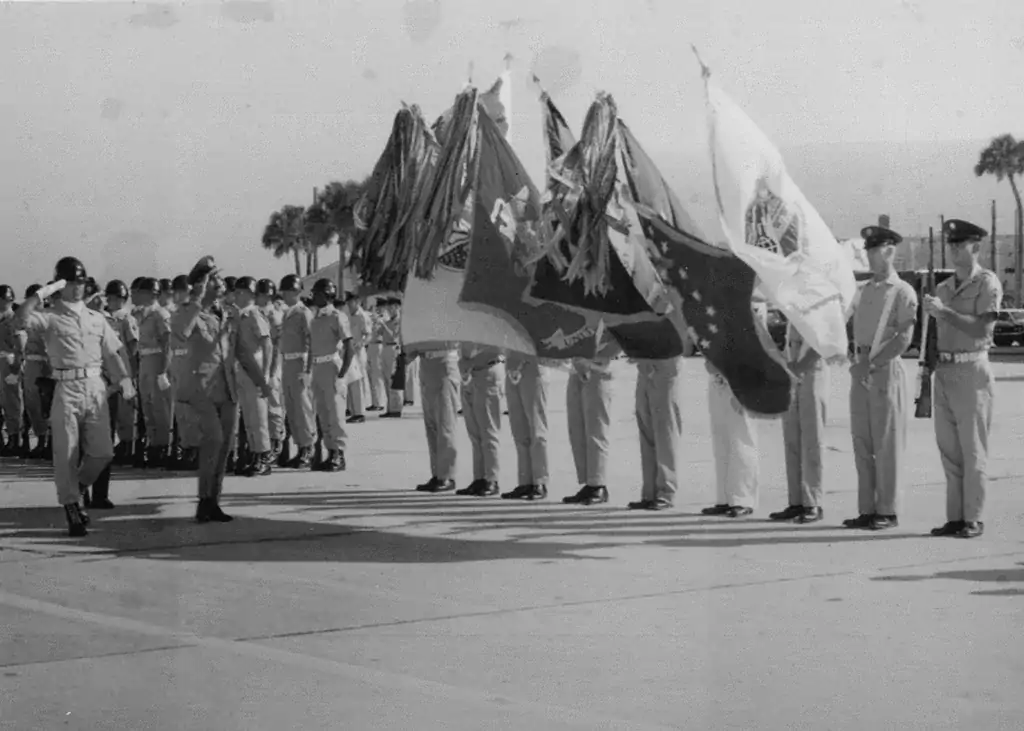
Just two days into the war, the diary of Pakistan Army’s No 10 Div records “At this crucial juncture, appeared 06 PAF Sabres led by Squadron Leader Sajjad “Nosey” Haider and wrought havoc with the enemy armor and infantry trying to cross the BRB Canal”. By September 7th, the PAF had annihilated 50 IAF aircraft on ground and in the air and damaged 8. This does not take into account the damage incurred by the enemy in PAF’s night bombing. The engagement of assets by Air Marshal Nur Khan played an instrumental role in achieving victory over a bigger adversary. PAF’s F-104 Star Fighters, B-57s and Sabres inflicted dire damage to IAF’s Gnats, Hunters and Mysteres. The successful and swift deployment of C-130 fleet for night bombing, a first at the time, is another example Nur Khan’s innovative strategy.
Even under the overwhelming weight of war, Nur Khan never lost his sense of right and wrong. Wing Commander Aman ullah (SJ) was a F86 pilot who remembers an interesting episode of the war in an interview. “I was part of a sortie which was to target the Amritsar Radar,” he says. “The radar was very close to the revered Golden Temple of the Sikhs. When being briefed about the mission, Malik Nur Khan told the pilots that under no circumstances was the Golden Temple to be damaged and if anybody did commit the folly of hitting it, the Air Chief would personally shoot him on the runaway when he lands! We all roared with laughter at the time… but we were wary that the chief wouldn’t have to carry out his threat,”he says with a smirk.
After the ceasefire of the 1965, Pakistan was put under sanctions and arms embargo from the US. Nur Khan rallied the nation’s allies and asked China for assistance. He personally made 2 visits to China to procure F-6s. The second procurement that the Air Marshal has to his credit is the French Mirage. The task was not an easy one as the French was reluctant to give Pakistan Military assistance. However, owing to Nur Khan’s persistence and charisma, the first of the Mirages III Es landed in Sargodha in 1968.
Nur Khan in Sports:
Air Marshal Nur Khan had always taken a keen interest in sports. This interest was transformed into the practical when he was handed the reins of the Pakistan Hockey Federation. During his tenure, Pakistan made a name for itself on the global arena. In his time, Pakistan won 2 Olympic Gold Medals, 2 Hockey World Cups and 2 Hockey Champions Trophies.
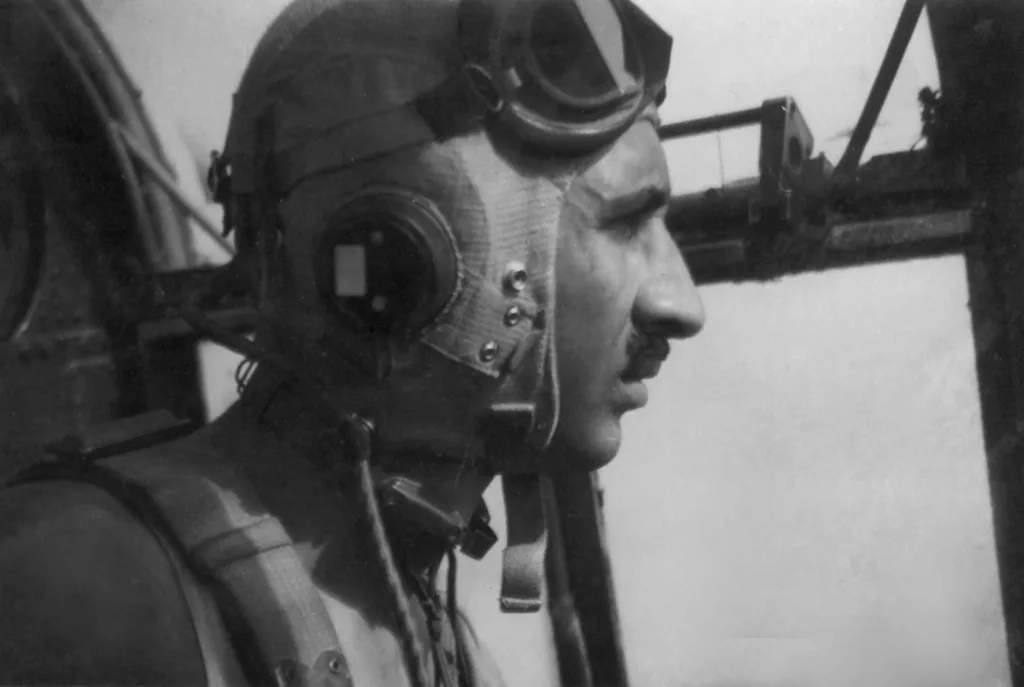
Even before he became the president of the Hockey Federation, Nur Khan nurtured young talent through unconventional yet effective methods. One of the ingenious way he promoted Squash in the nation was during his second term in PIA in 1973. He laid the foundation of the PIA Colts scheme. Young squash players who displayed promise were scouted and given monthly stipends. They were taken to participate in international tournaments on the expense of PIA. Whoever performed well in international events was promised employment in the PIA. This lucrative incentive plan bore fruit and Pakistan was blessed with world class squash players like Azam Khan, Jahangir Khan, Qamar Zaman, Gogi Allauddin, Jansher Khan, Mo Khan Junior and others. There used to be six to seven Pakistanis among the top 10 in the world rankings at any given time.
Nur Khan made major contributions to the arena of Cricket, as well. He was appointed the President Board of Control for Cricket (Now Pakistan Cricket Board) in 1980. He earned the hosting rights for the 1987 Cricket World Cup. He introduced the idea of neutral umpires and match referee. Legends like Miandad and Imran Khan remember him a as firm yet considerate administrator, keeping the team content while elevating the sport through his farsighted policies and steps.
Legacy:
In 1969, Nur Khan retired from the military. However, his retirement was overturned by President Yahya who appointed him as the Chief Martial Law Administrator. He was given the post of Cabinet Minister of communication, health, labor and science on August 1969. He was subsequently appointed as the Governor of West Pakistan and made several radical reforms in the region.
In an interview with Javaid Chaudry, Nur Khan reminisces “Once President Ayub Khan called me for a meeting, he was 4 minutes late. I returned without meeting him even though I was a subordinate. He came to my office the next day by himself.”
His illustrious career has caused some to call him the Man with the Midas touch, drawing parallels to the legendary king Midas, who turned everything he touched into solid gold. On a national scale, he was awarded several laurels including HJ, HS, SPk and SQA. Internationally, he was endowed with the Order of Istiqlal (2nd Class) by the King of Jordan and the Commander of the National Order by the President of Lebanon. He was also honored with the award of Grand Officer in the order of Range Nassau with Swords by the Dutch Government. He also garnered praise from the Israeli President, who also was the Commander of the Israeli Air Force and Minister of Defense who wrote in his autobiography “Nur Khan was a formidable fellow and I was glad that he was Pakistani and not Egyptian”.
His long distinguished life came to a dignified end on the 15th of December, 2011, leaving behind an incomparable legacy. He was survived by his wife, Begum Farhat and four children, a son and 3 daughters. He was given a farewell in the PAF Complex E-9 Islamabad, the proceeding attended by Air Chiefs, Generals, politicians and the common man. He was later laid to rest with full military honors in his native town of Taman. The government of Pakistan issued a Postal Stamp to commemorate his legacy. Another great tribute was the PAF renaming one of its Main Operating Bases at Chaklala after his name as ‘PAF Base Nur Khan’.

